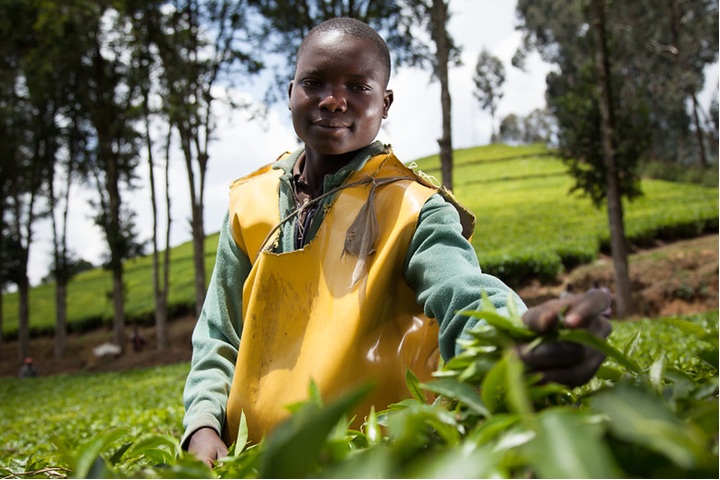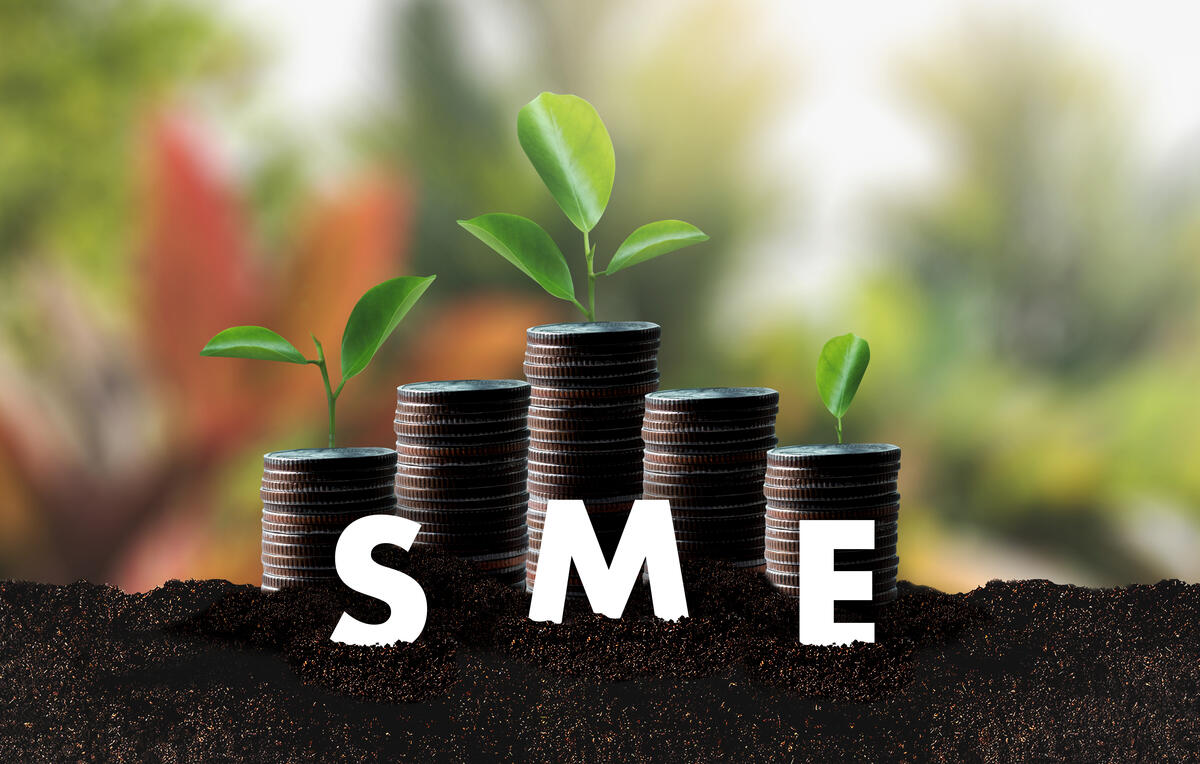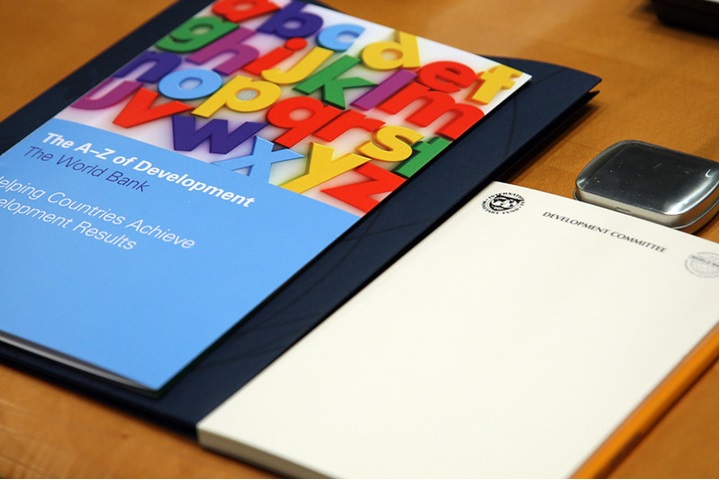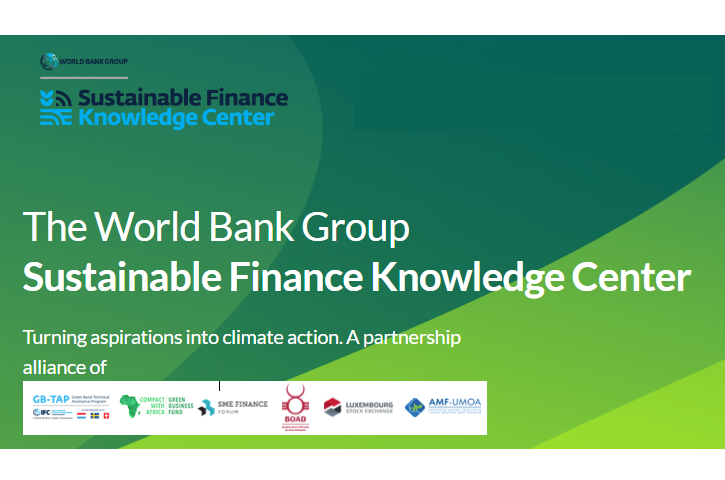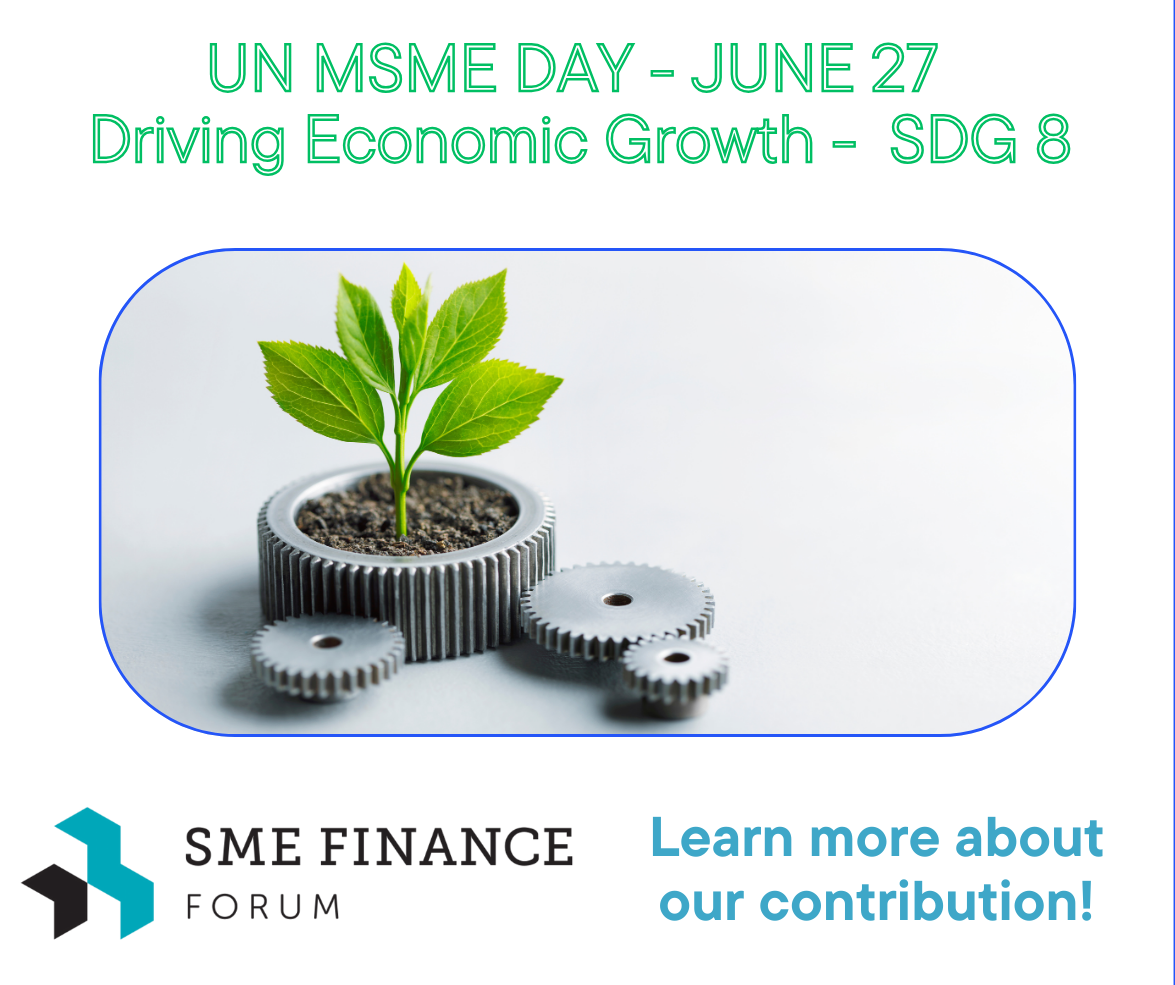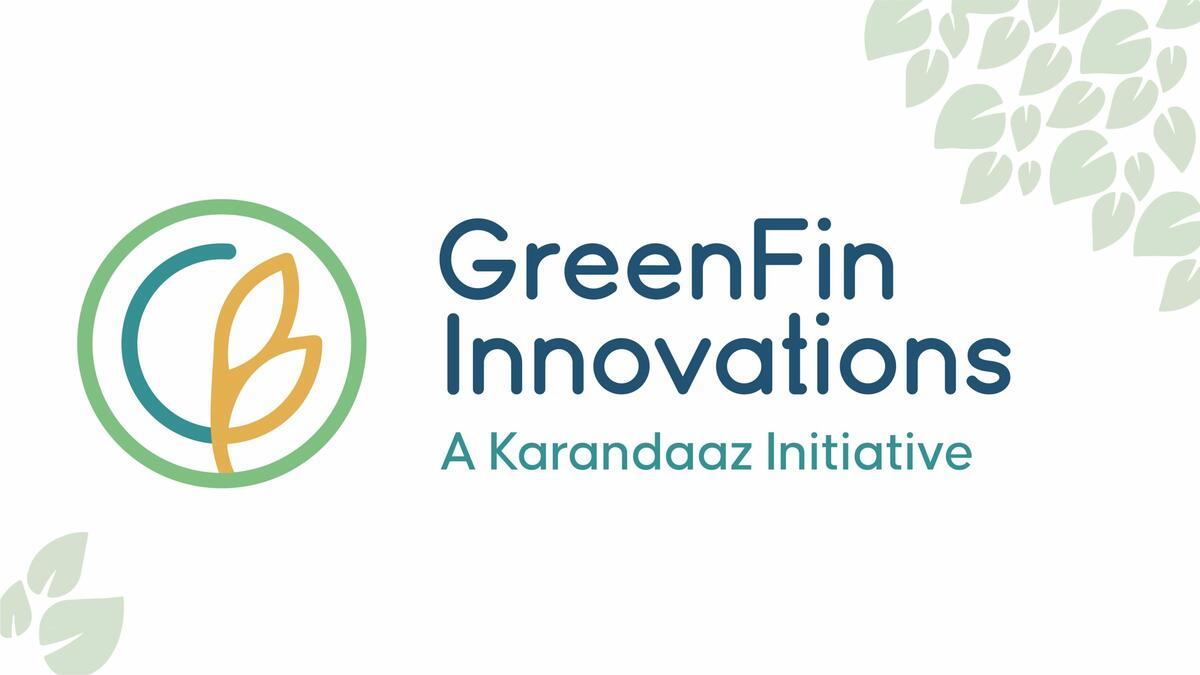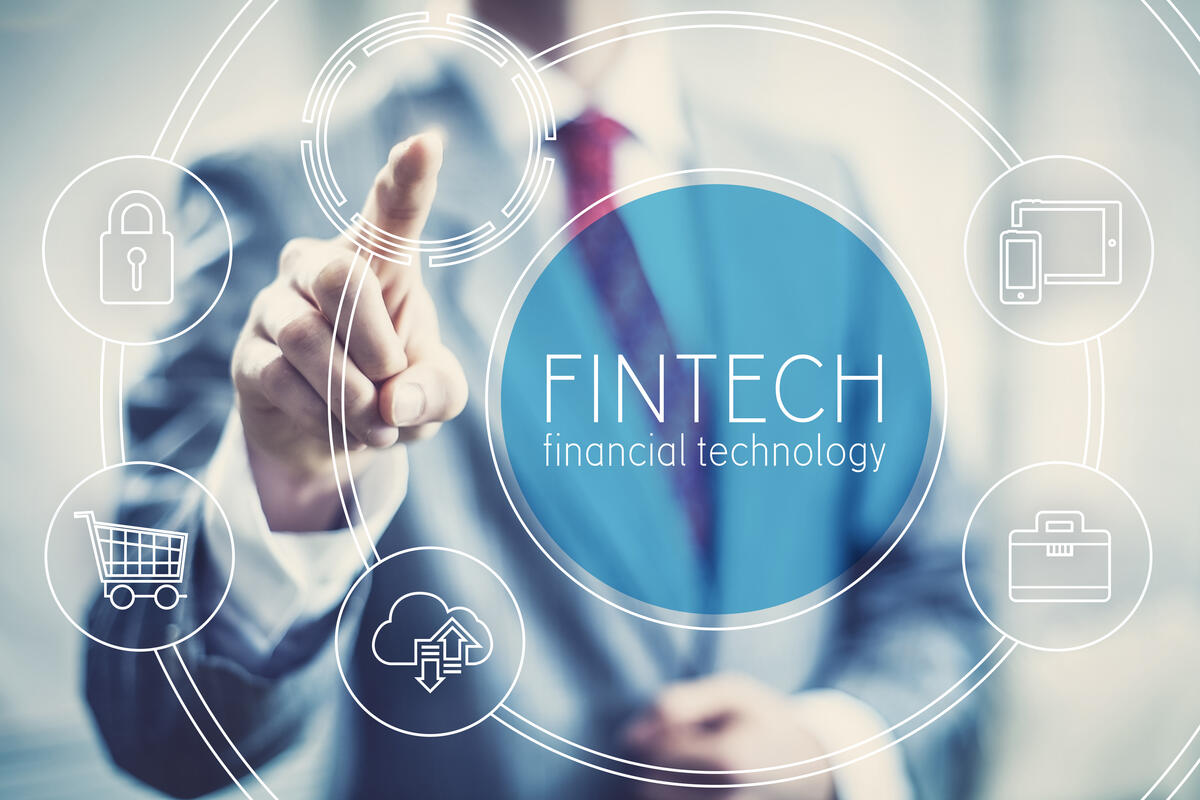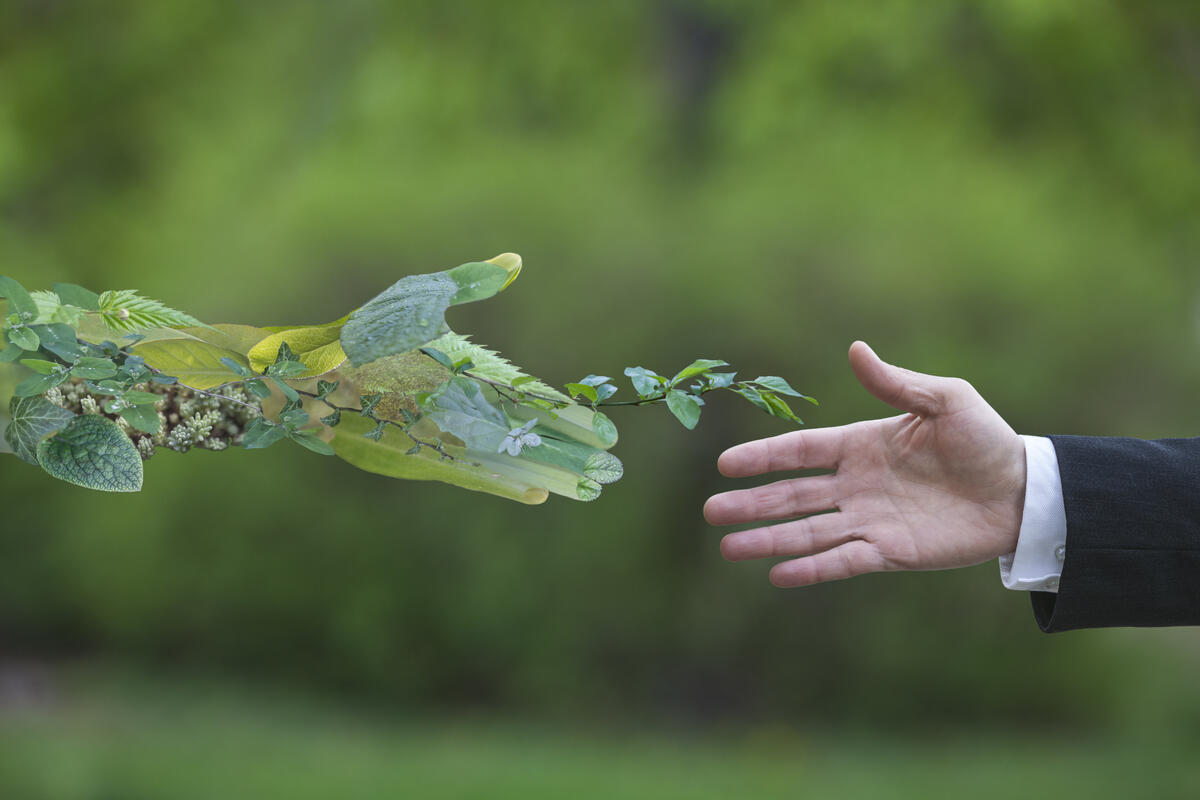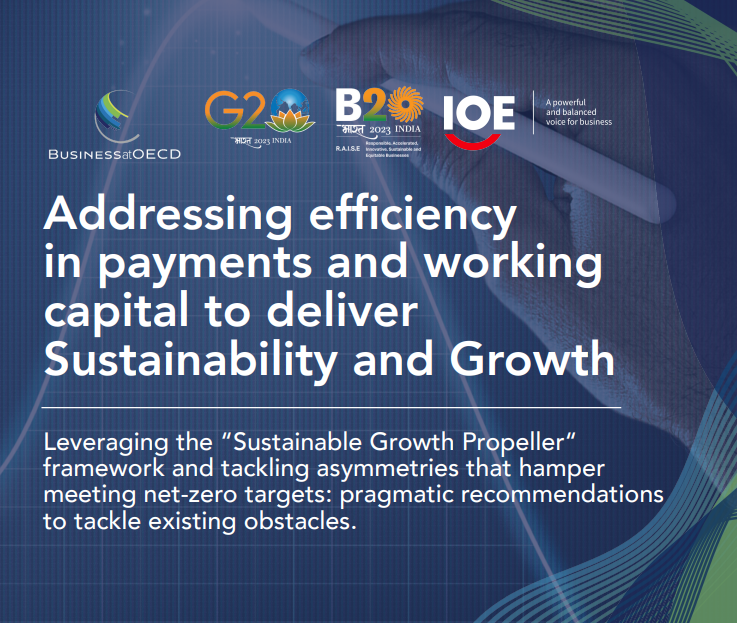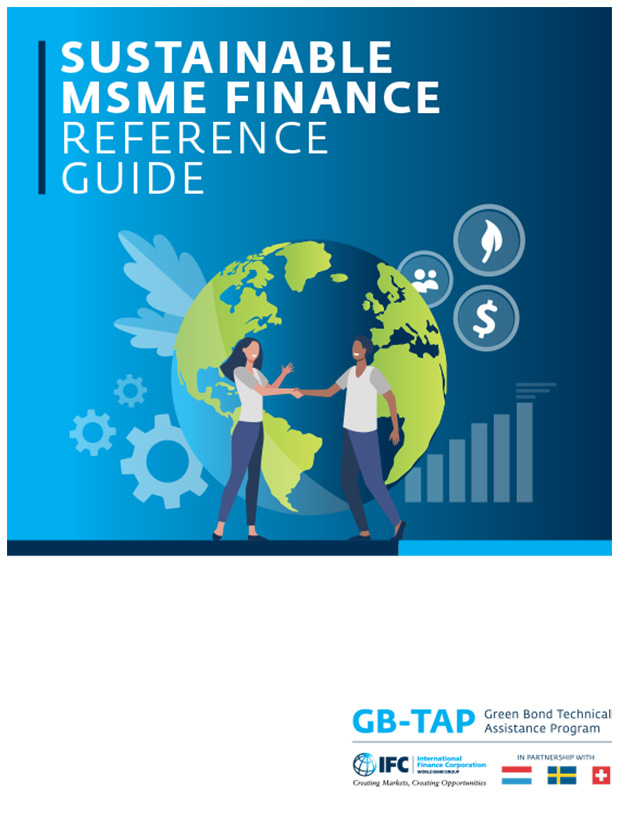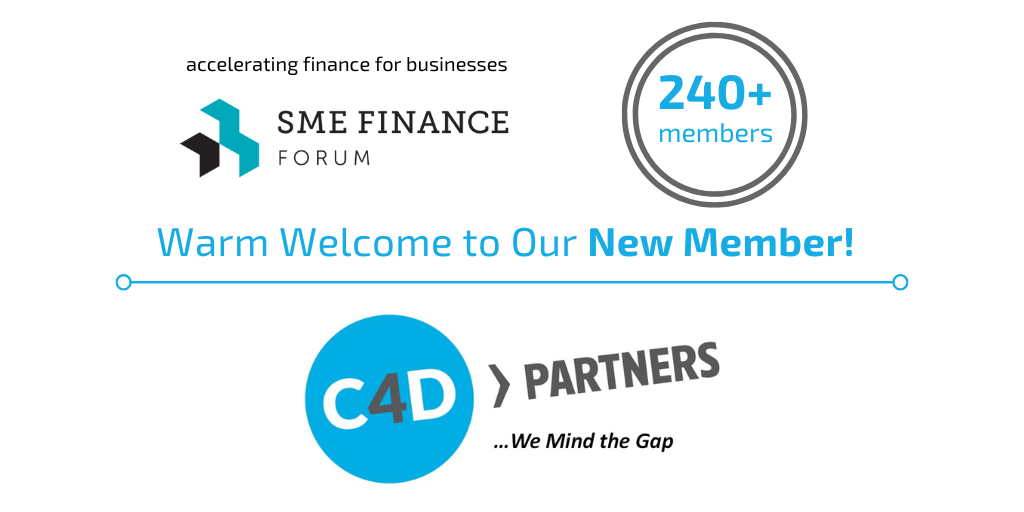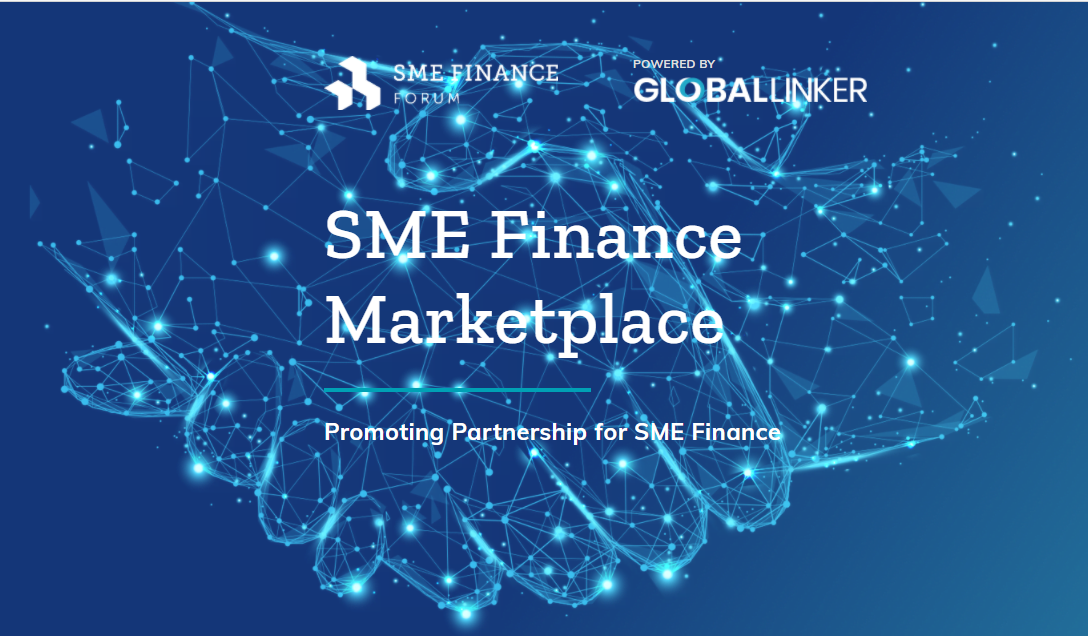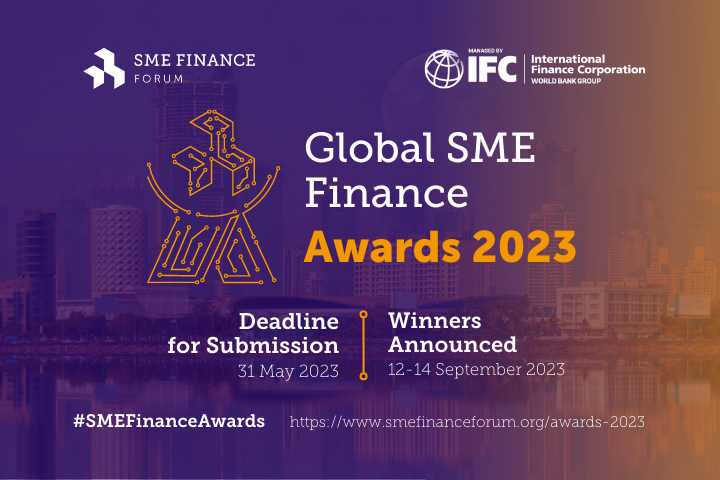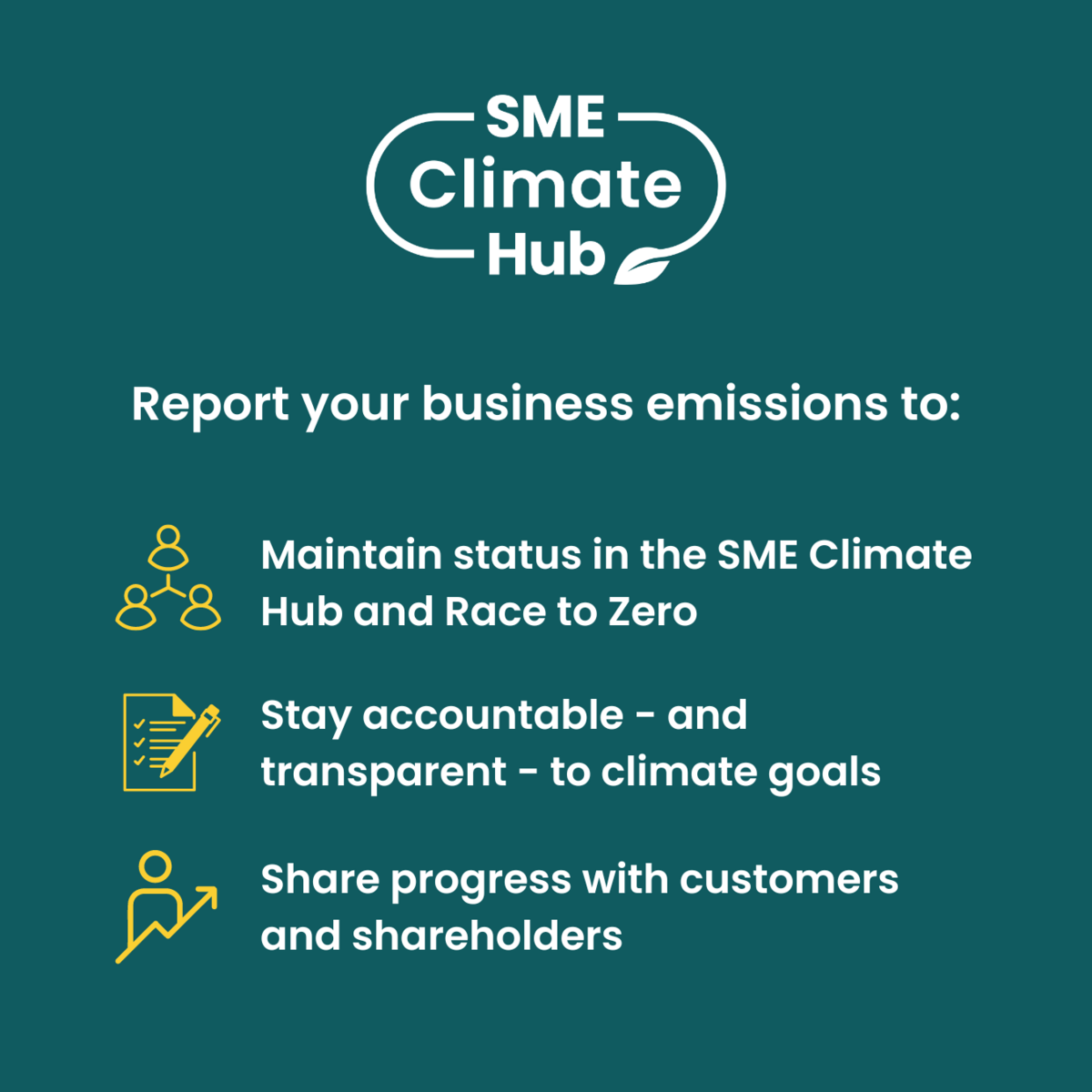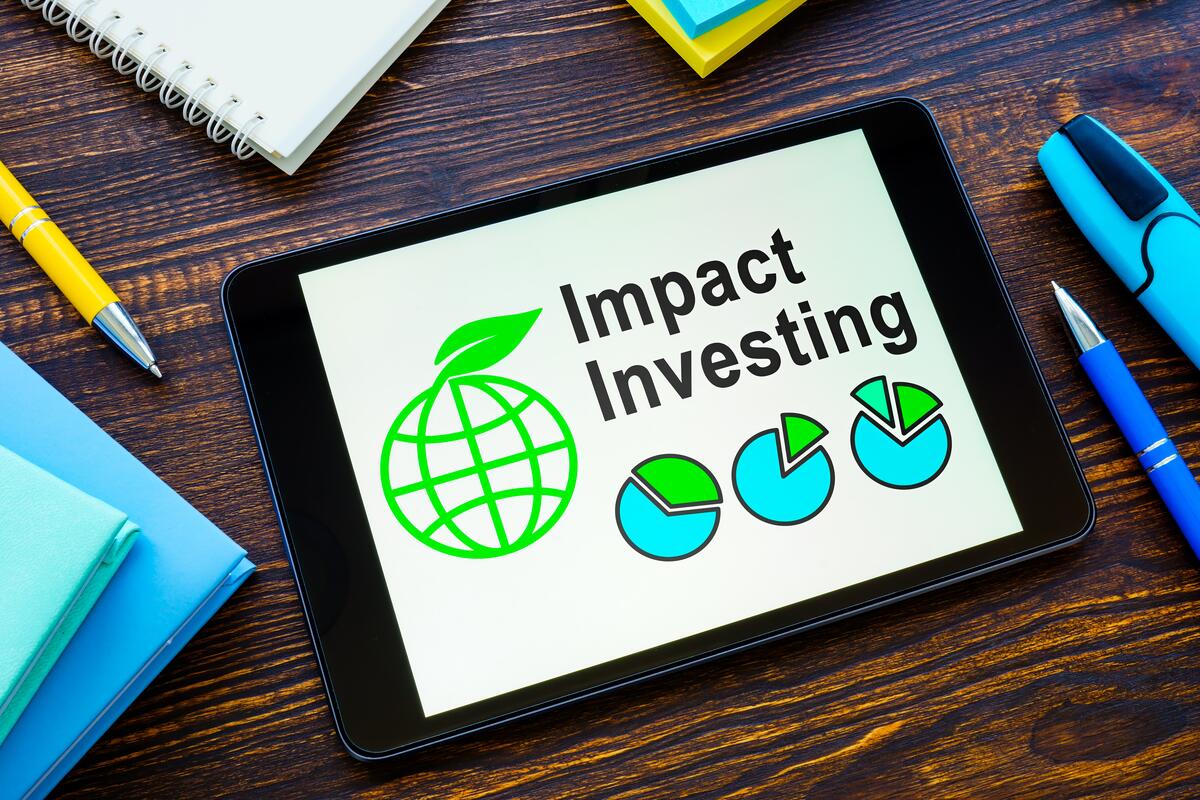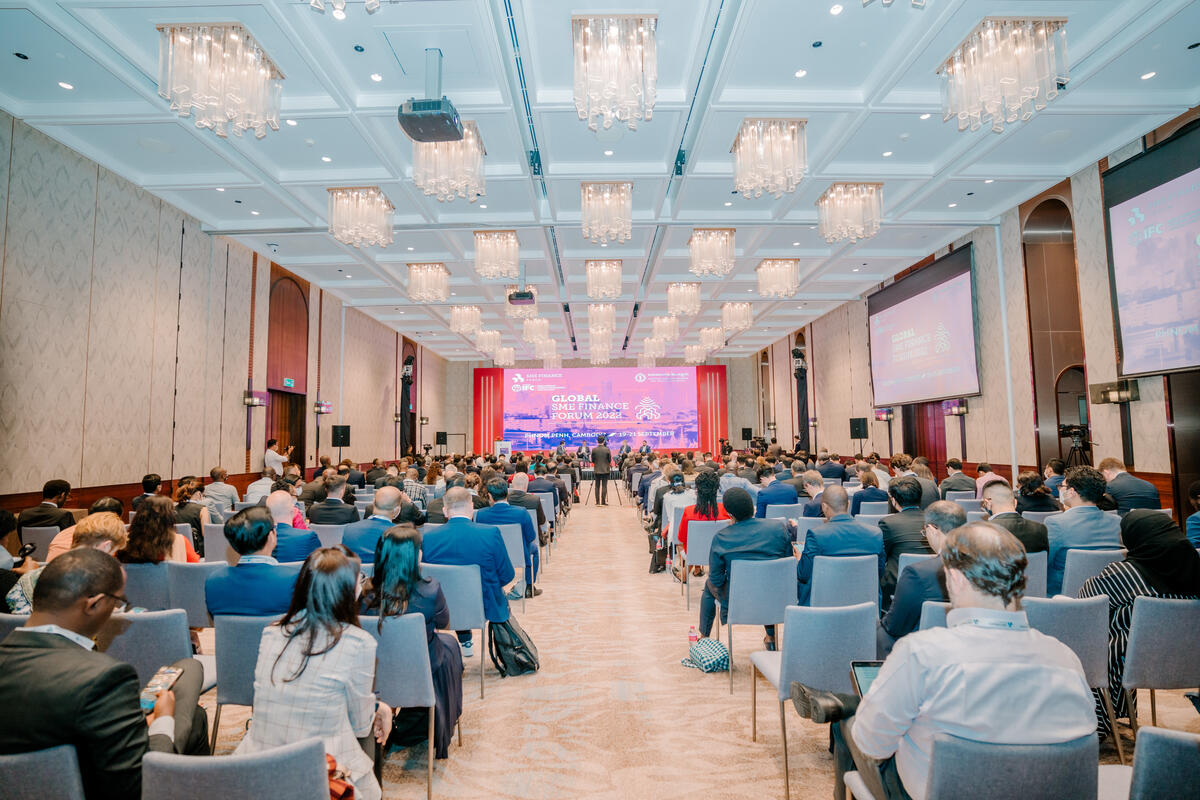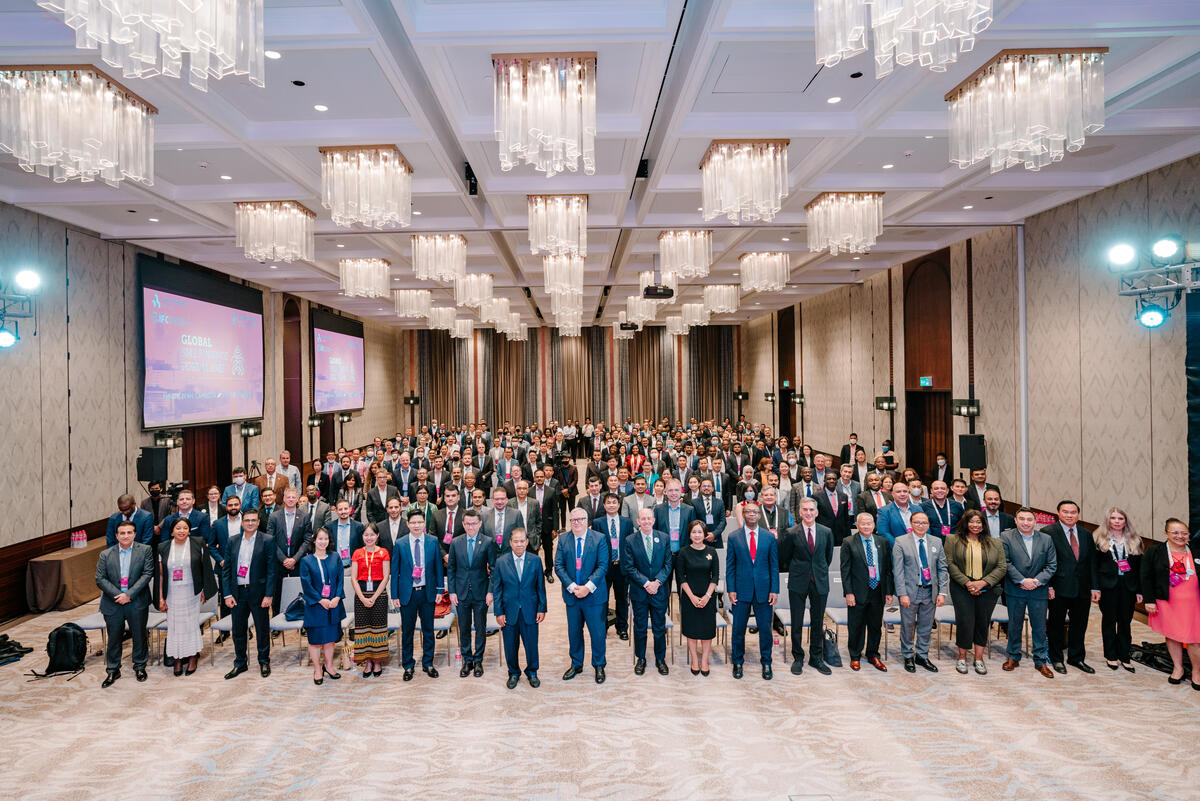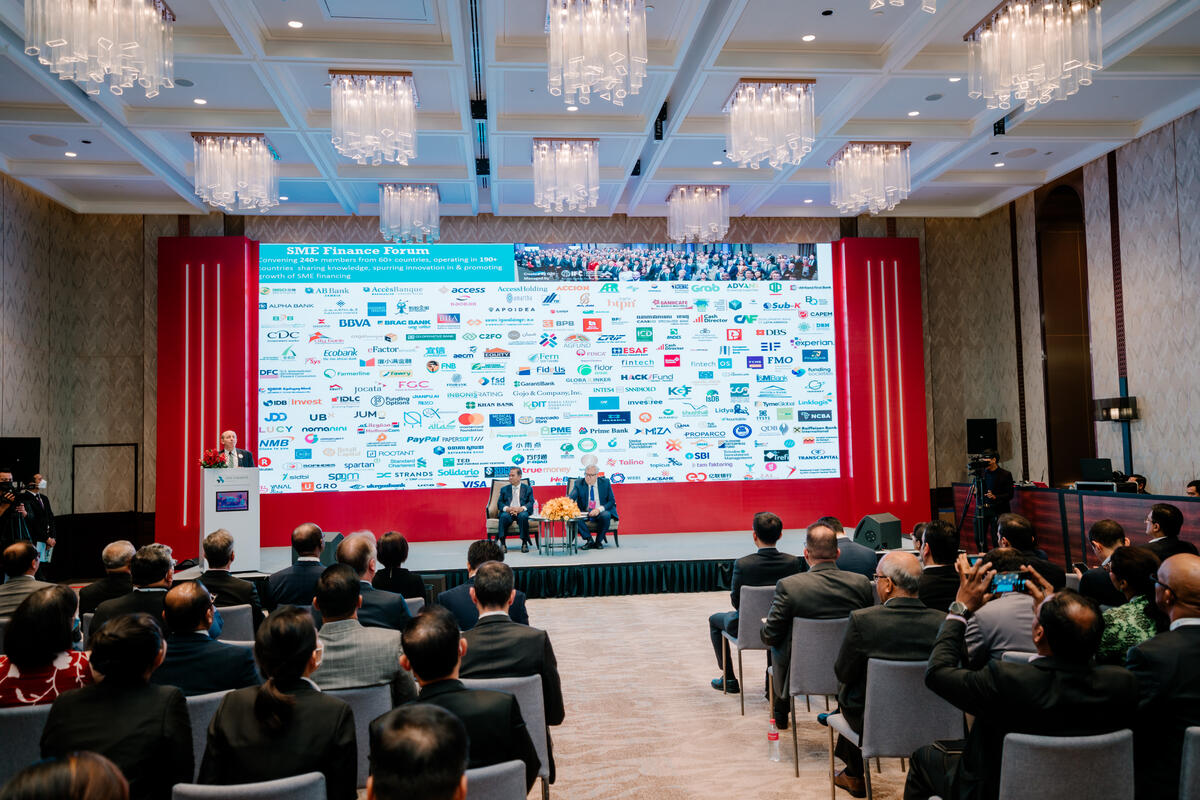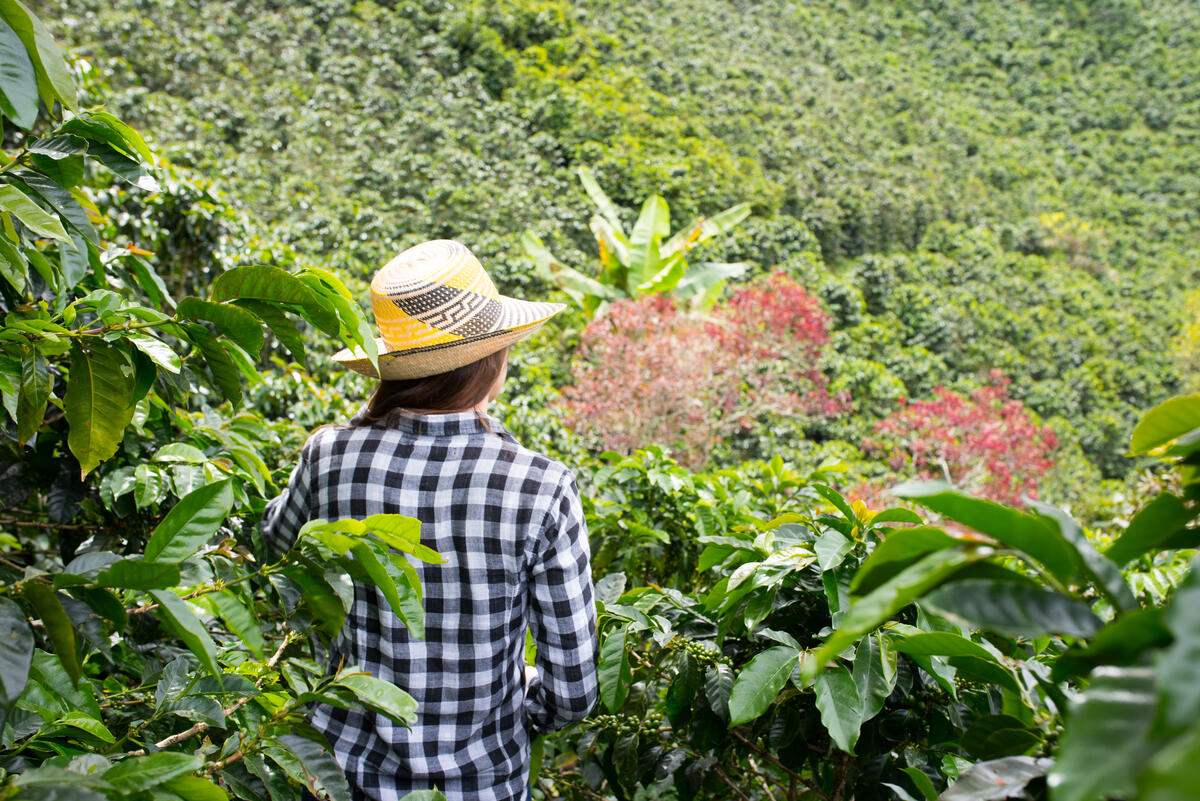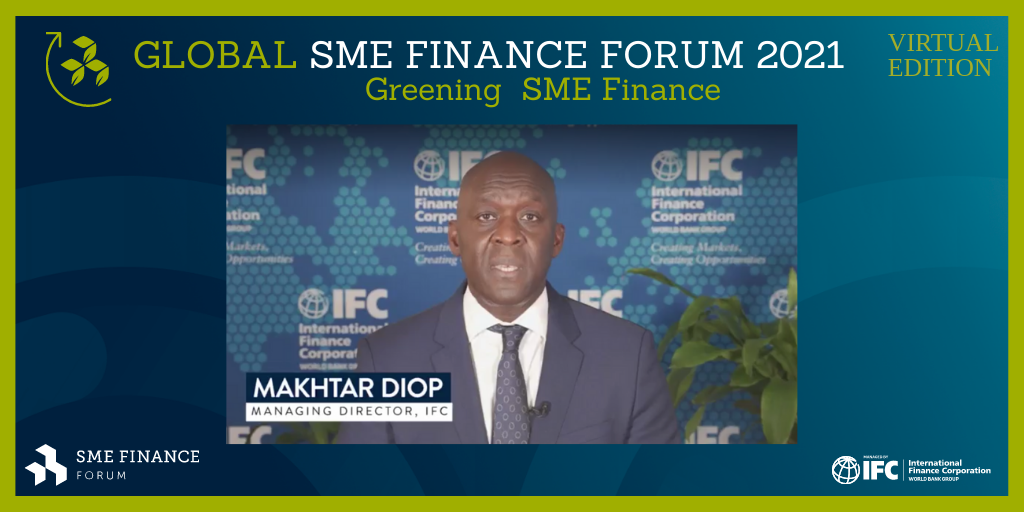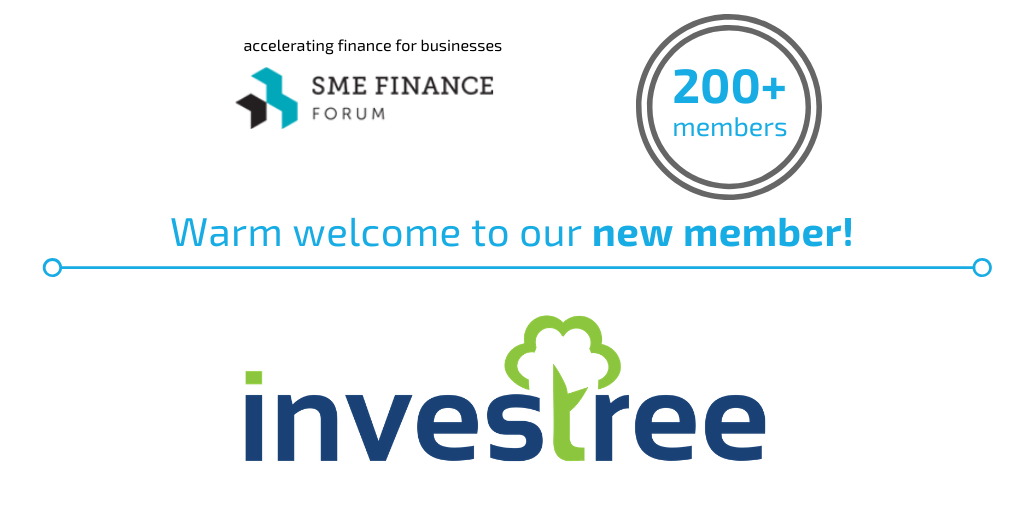Transaction accounts can open up access to those currently left out of the banking system, providing a basic entry point, or pathway, to broader financial inclusion.
Using transaction accounts to move away from cash to digital payments has made it easier to be part of the formal financial system, even when brick-and-mortar banks are too far away or prefer not to serve poor people.
A transaction account used to only mean an account at a bank. Nowadays, a transaction account could be a bank account, a mobile wallet, payment card, or a similar electronic instrument.
A lot has happened in the five years since the G20 meeting where the international community recognized financial inclusion as a main pillar of the global development agenda. Since then, more than 50 countries have made formal commitments or set targets for financial inclusion.
But much work remains. Worldwide, 2.5 billion adults still lack access to basic financial services. Closing this gap is vital to ending extreme poverty and boosting shared prosperity. World Bank Group President Jim Kim set the year 2020 as a target date to achieve Universal Financial Access (UFA). The UFA2020 goal calls for adults everywhere to have access to a transaction account to store money, send and receive payments.



